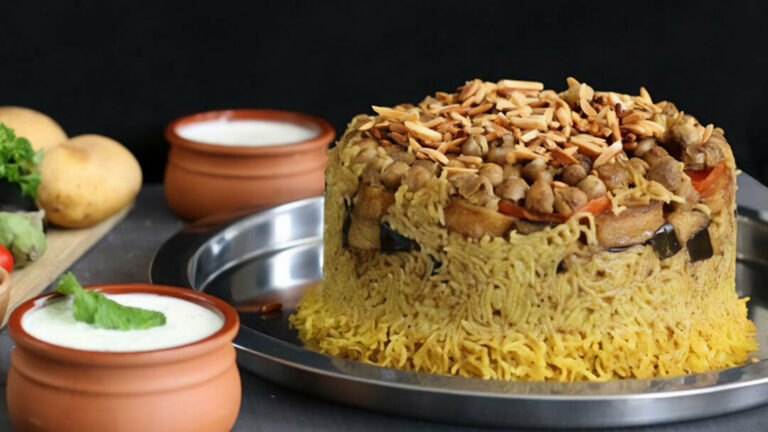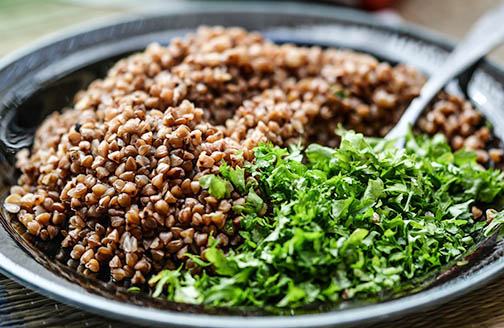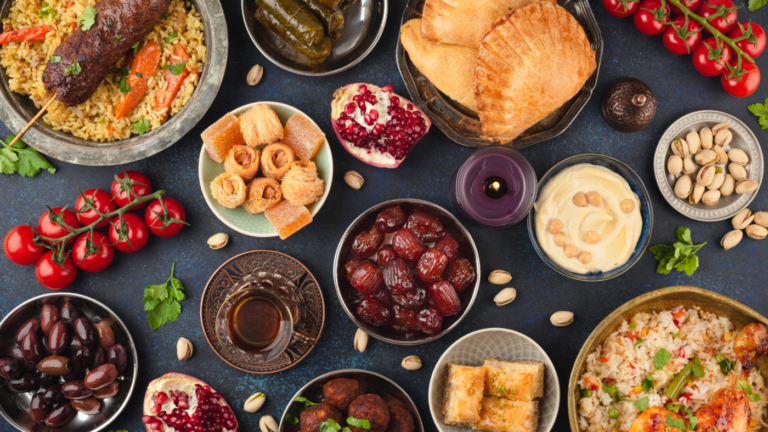Introduction: The Diversity of Italian Cuisine
Italian cuisine is famous around the world for its delicious flavors and unique ingredients. However, many people do not realize that Italian cuisine is not a single, homogenous entity, but rather a collection of regional cuisines with distinct flavors and traditions. Depending on which part of Italy you are in, you may find vastly different dishes, ingredients, and cooking techniques.
From the snowy Alps in the north to the sun-drenched beaches of Sicily in the south, each region of Italy has its own culinary tradition, influenced by factors such as climate, geography, and history. It is this diversity that makes Italian cuisine so fascinating and complex.
North vs South: Regional Differences in Italian Cuisine
One of the most significant regional differences in Italian cuisine is the divide between the north and the south. The north is known for its hearty, meat-based dishes, such as osso buco and polenta, while the south is famous for its seafood and vegetable-based dishes, such as pasta alla Norma and caponata. Northern cuisine also tends to be influenced by neighboring countries such as Austria and Switzerland, while southern cuisine is influenced by Arab and Greek traditions.
Even within these broad regional categories, there are further distinctions. For example, the cuisine of Tuscany is known for its hearty soups and grilled meats, while the cuisine of Naples focuses on pizza and seafood. The north-south divide is not absolute, of course, and there are many dishes and ingredients that are enjoyed throughout the country. However, understanding these regional differences is essential to appreciating the complexity of Italian cuisine.
Pasta and Pizza: The Staples of Italian Cuisine
When most people think of Italian food, pasta and pizza are the first things that come to mind. Indeed, these dishes are beloved throughout the country and around the world. However, even these staples of Italian cuisine can vary greatly from region to region. In the north, for example, pasta tends to be made with egg and served with cream-based sauces, while in the south, pasta is usually made with just flour and water and served with tomato-based sauces.
Pizza is similarly diverse, with different toppings and styles depending on where you are in Italy. In Naples, where pizza was invented, it is usually served with a simple tomato sauce and fresh mozzarella cheese. In Rome, pizza is thin and crispy, while in Sicily, it is often made with a thicker crust and topped with local seafood.
Beyond Pasta and Pizza: The Variety of Italian Dishes
While pasta and pizza are certainly delicious, they represent only a small fraction of the incredible variety of Italian dishes. From rich meat sauces like Bolognese to delicate seafood dishes like fritto misto, there is something for every palate in Italian cuisine. Other popular dishes include risotto, gnocchi, and polenta, as well as a wide variety of soups, stews, and braises.
Italian cuisine also features a wide range of appetizers, or antipasti, such as cured meats, cheeses, and pickled vegetables. These small plates are often served before the main course and can be a meal in themselves. Desserts are also a highlight of Italian cuisine, with classics like tiramisu, cannoli, and panna cotta.
Exploring Italy’s Culinary Traditions: From Tuscany to Sicily
For food lovers, a trip to Italy is a dream come true. Each region has its culinary specialties, and there is always something new and delicious to discover. In Tuscany, you can enjoy succulent bistecca alla Fiorentina, a thick, juicy steak grilled over an open flame. In Campania, you can savor the fresh flavors of the Amalfi Coast with dishes like spaghetti alle vongole, spaghetti with clams. In Sicily, you can enjoy the flavors of the Mediterranean with dishes like caponata, a sweet and sour eggplant dish.
Of course, it is not just the food that makes Italian cuisine so special. It is also the culture and traditions that surround it. Italians are passionate about their food and take great pride in their culinary heritage. From the bustling markets to the family-run trattorias, every meal in Italy is an experience.
Conclusion: The Complexities of Italian Cuisine
Italian cuisine is much more than just pasta and pizza. It is a diverse and complex collection of regional cuisines, each with its unique flavors and traditions. Whether you are exploring the hearty dishes of the north or the fresh seafood of the south, there is always something new and delicious to discover in Italy. So next time you sit down to enjoy a plate of spaghetti or a slice of pizza, remember the incredible complexity and diversity of Italian cuisine.










